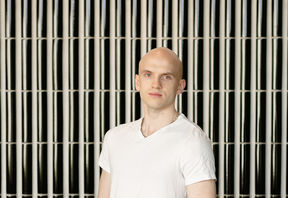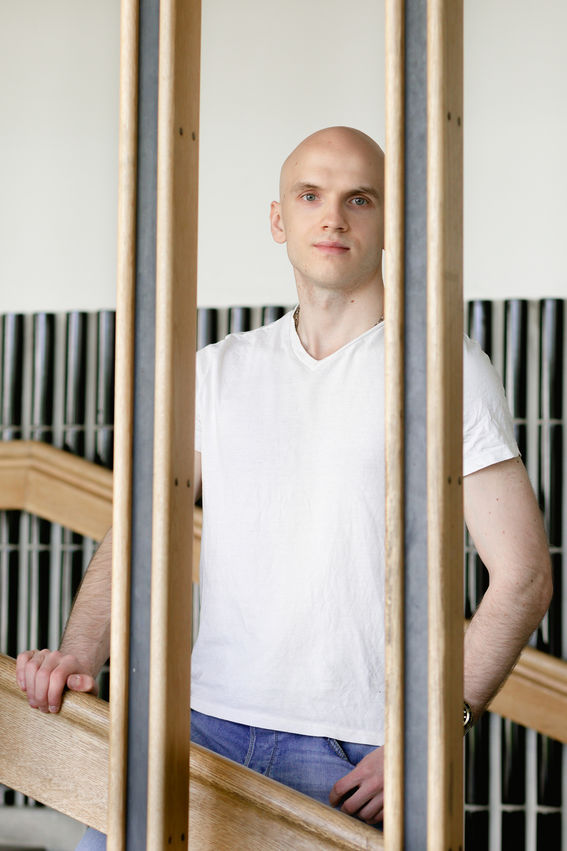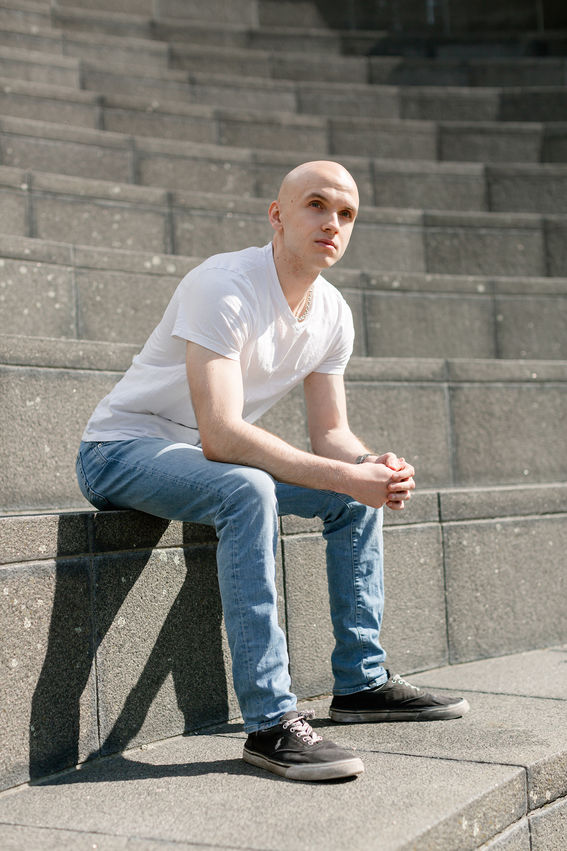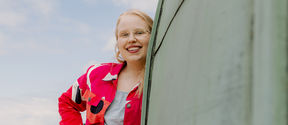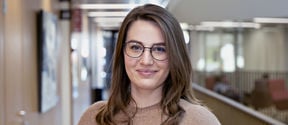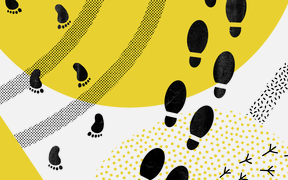What was your path to Aalto like, and can you share something about your studies?
After I finished upper secondary school in Uusikaarlepyy, Ostrobotnia, I learned about the different universities. I had a good impression of Aalto and decided I that wanted to come here to study. I’ve been at Aalto for four years now. In three years, I completed my bachelor’s degree in Chemical Engineering, and now I have studied one year in the Master’s Programme of Engineering Physics.
Initially I was more interested in chemistry, as it was one of the subjects that I liked most at upper secondary school. Later, it became apparent to me that what I enjoyed about chemistry, such as the insight into how the world works on a fundamental level, was more in line with physics than chemistry. Therefore, I decided to switch paths. Of course, there is also a lot of overlap between physics and chemistry.
This is your second summer working in the same research group at the School of Chemical Engineering. How did you get there?
Halfway through my third year of university, I knew I wanted to try research. I browsed through various summer job applications at Aalto, and I found the Soft Materials Modelling Group led by Maria Sammalkorpi. The group employs computational and theoretical methods to study various kinds of soft-matter systems, requiring both physical and chemical understanding. I found it both exciting and interesting, and it was the only research group I ended up applying to. I didn’t even bother sending in any other applications.
I was already working in Maria Sammalkorpi’s group last summer. During the semester I worked part-time. The group is part of the Life Inspired Hybrid Materials (LIBER) Center of Excellence, which draws inspiration from life, and it designs hybrid materials that can learn, adapt, or respond to the environment. LIBER operates at the interface between chemistry and physics, so my chemistry and physics background fits in well. Understanding life-like systems requires a collaboration between physics and chemistry.
There are a total of eight research groups in LIBER from Aalto, VTT and Tampere University, and there is a lot of collaboration between them. I do computational and theoretical research, and we often collaborate with experimental groups.
